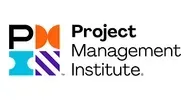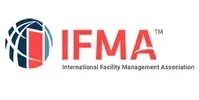Asbestos, Mold, Hazerdous Material, Restorations
HAZARDOUS MATERIAL REMOVAL
High Quality Hazardous Material Removal Services
Atlas Abatement Services provides the greater Edmonton area with safe and high-quality hazardous material removal. Safety first is applied on every project by our team. With our state-of-the-art equipment and techniques, we have accomplished residential and commercial hazardous material removals with remarkable safety.
Expert Hazardous Material Removal
Atlas Abatement Services offers a full scope of hazardous material removal options based on the peculiar needs of each project. Our staff utilizes multiple tools and techniques for safe handling of hazardous materials on your real estate.
Other specialized gear is also required for different jobs. We arm our technicians with numerous disposable coveralls, gloves, shoe covers, safety glasses, personal protective suits, chemical-resistant clothing, respirators, face shields, and hearing protection.
At Atlas Abatement Services, we will do a detailed inspection job and risk assessment for all projects containing hazardous materials. So, I get as much cooperation as possible from the clients by working with them to develop a work-specific plan to ensure contaminated materials are handled safety without cross-contaminating adjacent areas.
Hazardous materials present significant health risks to individuals who come into contact with them. Improper cleanup and handling of these materials can result in the spread of infectious diseases, illnesses, and other serious health hazards that may be life-threatening.
Atlas Abatement Services has extensive experience in various types of hazardous material removal. We are well-versed in the protocols for safely handling, removing, and disposing of hazardous materials. Our team is trained and experienced in minimizing the risks of contamination and exposure during the removal process.
Our Hazardous Material Services Include:
Asbestos
Mold
Lead
Body Fluids
Sewage Cleanup
Crime Scene Cleanup
Body Waste Cleanup
Our team at Atlas Abatement Services adheres to industry best practices and processes when addressing the complex challenges of hazardous material removal. These industry standards are designed to ensure that hazardous materials are handled, contained, cleaned, and disposed of in a safe and efficient manner.
Our Process for Hazardous Material Cleanup
Assessment
The first thing we do in any biohazard cleanup is assess the situation to understand how extensive and severe the contamination is. This involves identifying the type of biohazard, assessing the extent of contamination, and identifying any safety hazards that need to be addressed.
Plan Development
Once we've assessed the situation, we develop a cleanup plan that details how we'll address the biohazard. This plan includes identifying the necessary personal protective equipment (PPE), specifying the cleaning products and equipment required, and outlining the procedures for safely disposing of contaminated materials.
Area Containment
Before we start any cleanup work, it's crucial to properly contain the contaminated area to prevent the spread of hazardous materials. This includes setting up barriers, sealing off ventilation systems, and implementing other safety measures to ensure that the contaminated area is effectively isolated.
Clean and Disinfect Area
The contaminated area undergoes thorough cleaning and disinfection using specialized products and equipment. This process may include utilizing HEPA filters, negative air pressure machines, and other specialized equipment to ensure effective removal of all hazardous materials.
Disposition
All contaminated materials, including used cleaning products, personal protective equipment (PPE), and other hazardous waste, are disposed of in compliance with local, provincial, and federal regulations.
Inspect and Test
Once the cleanup is complete, a final inspection and testing is performed to ensure that all hazardous materials have been properly removed and the area is safe for occupancy.
Hazardous Material FAQs
What is considered hazardous material, and why is professional cleanup necessary?
Hazardous material includes materials contaminated with biological substances that pose a threat to human health or the environment, such as blood, bodily fluids, or infectious materials. Professional cleanup is essential to ensure proper containment, removal, and disposal of these hazardous materials, preventing exposure and contamination.
What types of situations require hazardous material cleanup services?
After assessing the situation, a cleanup plan should be developed that details the steps for remediating the hazardous material. This plan should include information on the necessary personal protective equipment (PPE), the cleaning products and equipment to be used, and the disposal procedures for contaminated materials.
How do hazardous material cleanup companies ensure safety during the cleanup process?
Hazardous material cleanup services are necessary for a variety of situations, including crime scenes, trauma incidents, unattended deaths, hoarding cleanup, sewage backups, and infectious disease outbreaks. These scenarios can involve hazardous pathogens and require specialized cleaning procedures to ensure safety.
What is the process for hazardous material cleanup?
Hazardous material cleanup companies follow strict safety protocols and regulations established by organizations such as OSHA (Occupational Safety and Health Administration) and the EPA (Environmental Protection Agency). They use personal protective equipment (PPE), containment measures, and disinfection techniques to minimize risks to their team and the environment.
Is hazardous material cleanup covered by insurance?
TIn many instances, hazardous material cleanup may be covered by homeowner's insurance, depending on the specific circumstances and policy details. It's important to check with your insurance provider to understand the extent of coverage and any requirements for filing a claim.
Can I continue to use my premises during the restoration and renovation process?
When selecting a hazardous material cleanup company, seek firms with experience, proper certifications (such as from the IICRC), and positive reviews from previous clients. Ensure they have the necessary licenses and insurance coverage and comply with all relevant regulations and standards.
The benefits of hiring a Professional Company
Safety
Professionals are trained to handle hazardous materials and use the right equipment, ensuring the safety of everyone involved.
Efficiency
Experienced teams can complete demolition projects quickly and efficiently, minimizing downtime and disruption.
Expertise
They have the knowledge to navigate complex demolition tasks, including dealing with structural elements and utilities.
Proper Equipment
Professional companies have access to specialized tools and machinery required for safe and effective demolition.
Waste Management
They manage debris removal and disposal according to local regulations, ensuring environmental compliance.
Cost-Effective
Hiring professionals can be more cost-effective in the long run, preventing potential damage and costly mistakes.
Insurance and Liability
Professional companies are typically insured, reducing liability for property owners in case of accidents or damage.
Code Compliance
They ensure that the demolition process adheres to all local building codes and regulations, preventing legal issues.
Professional Affiliations & Memberships







Contact us
780-297-2316
projects@atlasabatementservices.ca
Unit 140, 314-222 Baseline Road, Sherwood Park, Alberta, T8H 1S8
Business Hours
- Mon - Fri
- -
- Sat - Sun
- Appointment Only



